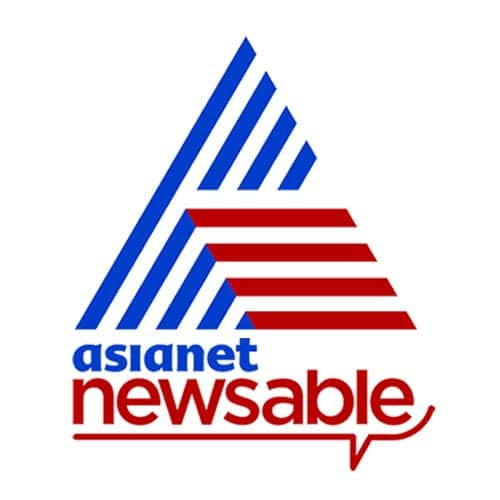synopsis
The video was shared on the microblogging platform X, formerly known as Twitter, by J Sanjay Kumar, an officer in the Indian Railway Traffic Service. In the video, a Russian woman exhibits her exceptional proficiency in translating Hindi into English.
Hindi Diwas is celebrated on September 14 each year, is a momentous occasion for celebrating the linguistic richness and diversity of the Hindi language. It serves as a platform for people not only to commemorate this linguistic treasure but also to openly express their deep-rooted pride in being Hindi speakers.
This day offers a unique opportunity for individuals to come together and share their affection for Hindi through various online expressions and discussions. This year, a particularly unique post caught the internet's attention.
PM Modi to marks 73rd birthday with inauguration of 'YashoBhoomi'; here's how it looks | WATCH
The video was shared on the microblogging platform X, formerly known as Twitter, by J Sanjay Kumar, an officer in the Indian Railway Traffic Service. In the video, a Russian woman exhibits her exceptional proficiency in translating Hindi into English.
Kumar captioned the video, "Leave the translation; many of us will not even be able to understand it. The level of proficiency this lady from Russia has in Hindi is simply amazing. By the way, how is my Hindi? Hindi Diwas."
The post has garnered an immense response from people on social media, with numerous individuals actively commenting on it.
Lashkar-e-Taiba test drones to infiltrate terrorists into India | WATCH
Hindi Diwas is observed on September 14 every year to commemorate the adoption of Hindi as the official language of India by the Constituent Assembly of India on this day in 1949. Pandit Jawaharlal Nehru, the first prime minister of India, officially declared 14 September as Hindi Diwas.
Hindi is predominantly spoken in states such as Uttar Pradesh, Himachal Pradesh, Uttarakhand, Haryana, Bihar, Jharkhand, Madhya Pradesh, Rajasthan, Chhattisgarh, Maharashtra, and Punjab, and it is also spoken in several countries, including Mauritius, Nepal, Fiji, Suriname, Guyana, Trinidad and Tobago.
)
 subscribe to Asianet News Whatsapp channel by clicking here.
subscribe to Asianet News Whatsapp channel by clicking here.